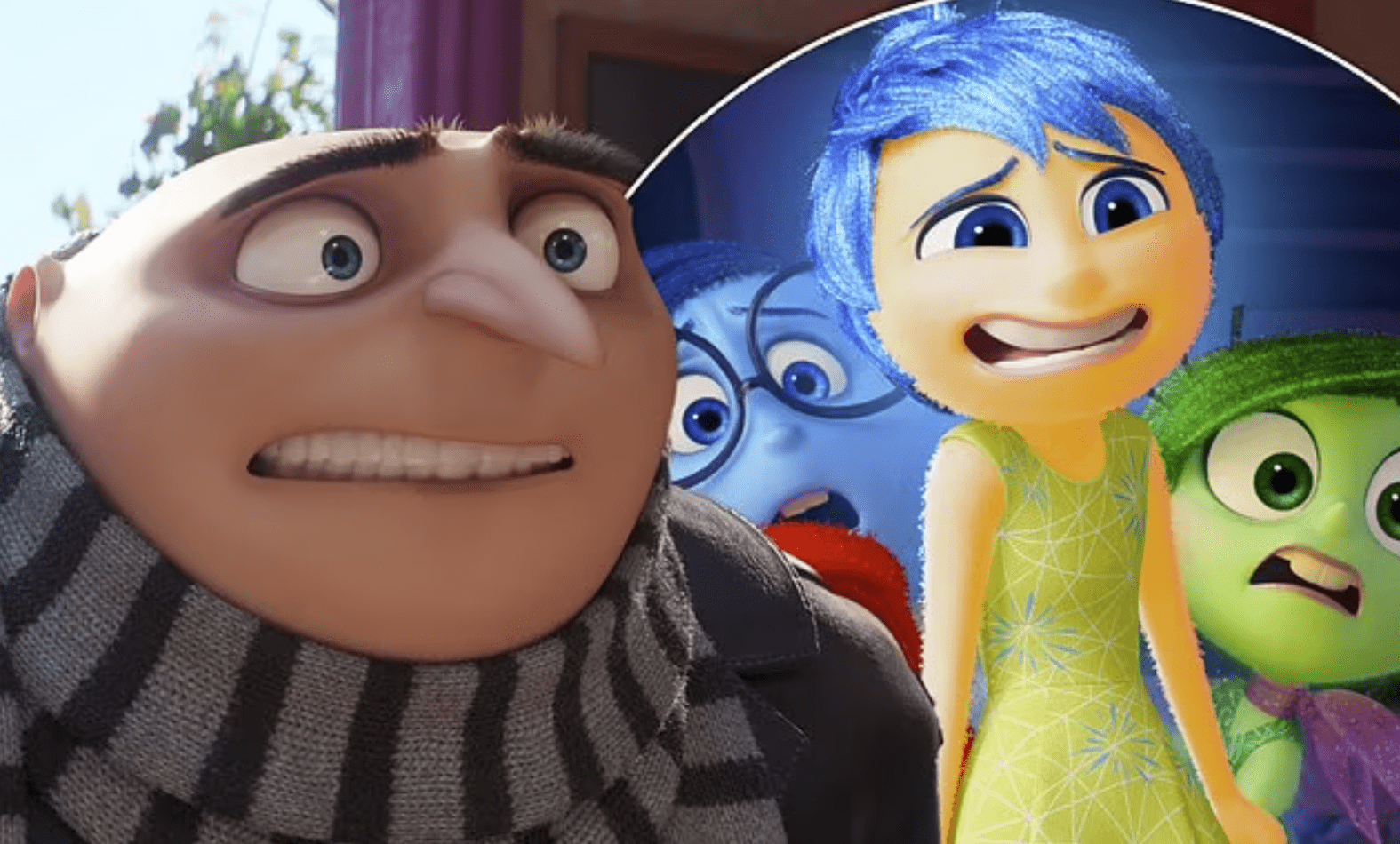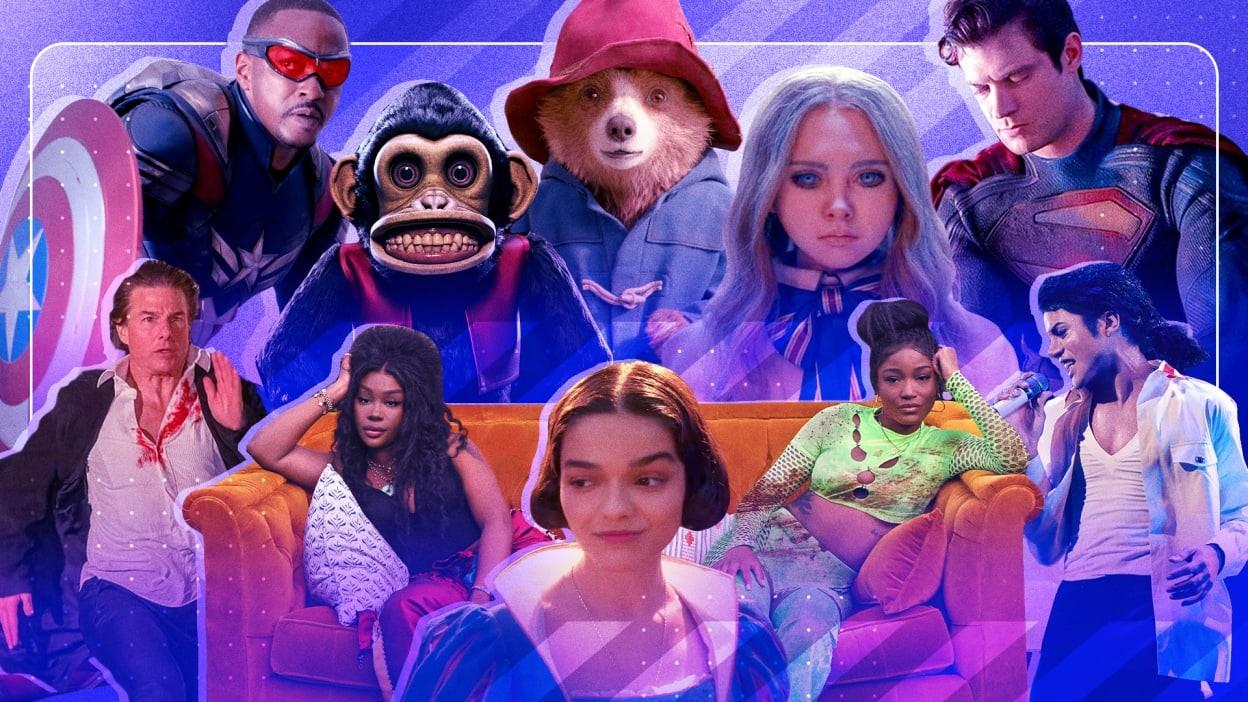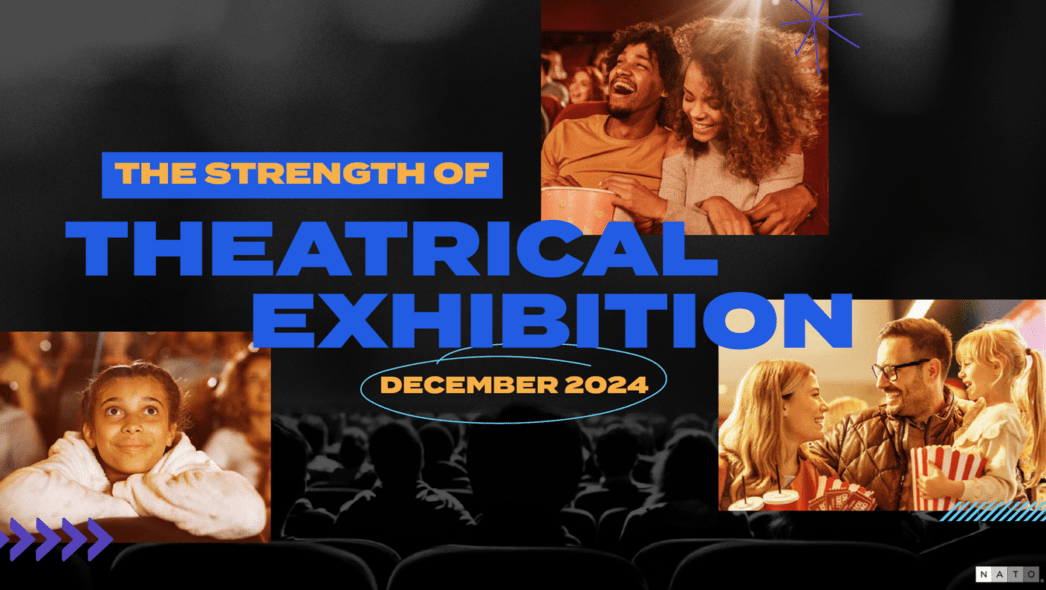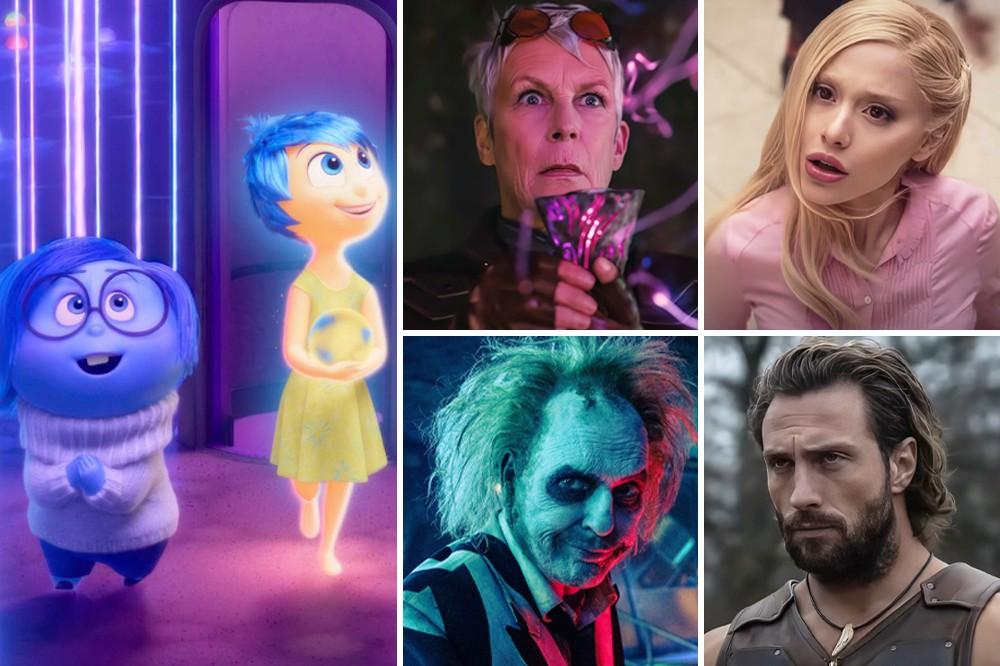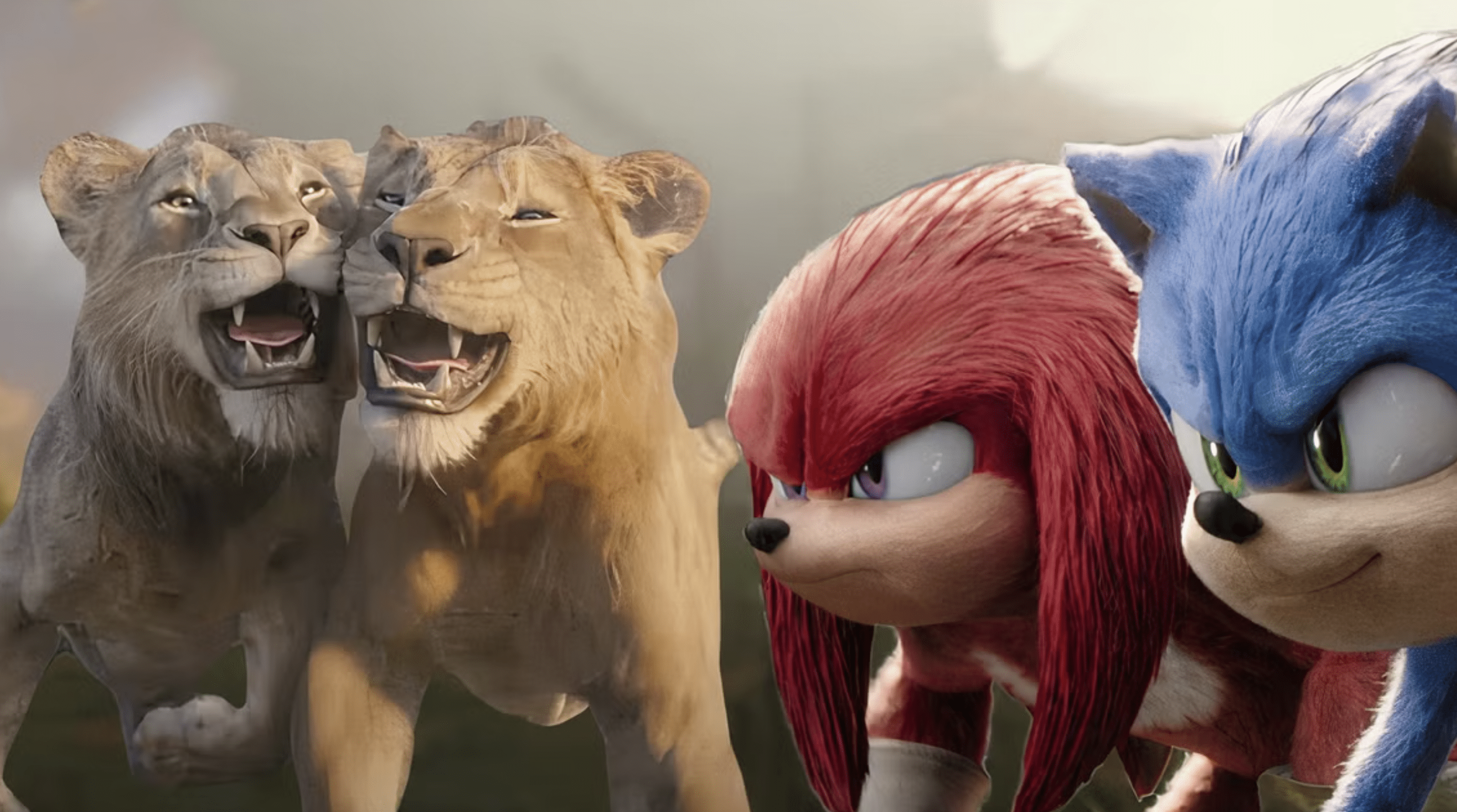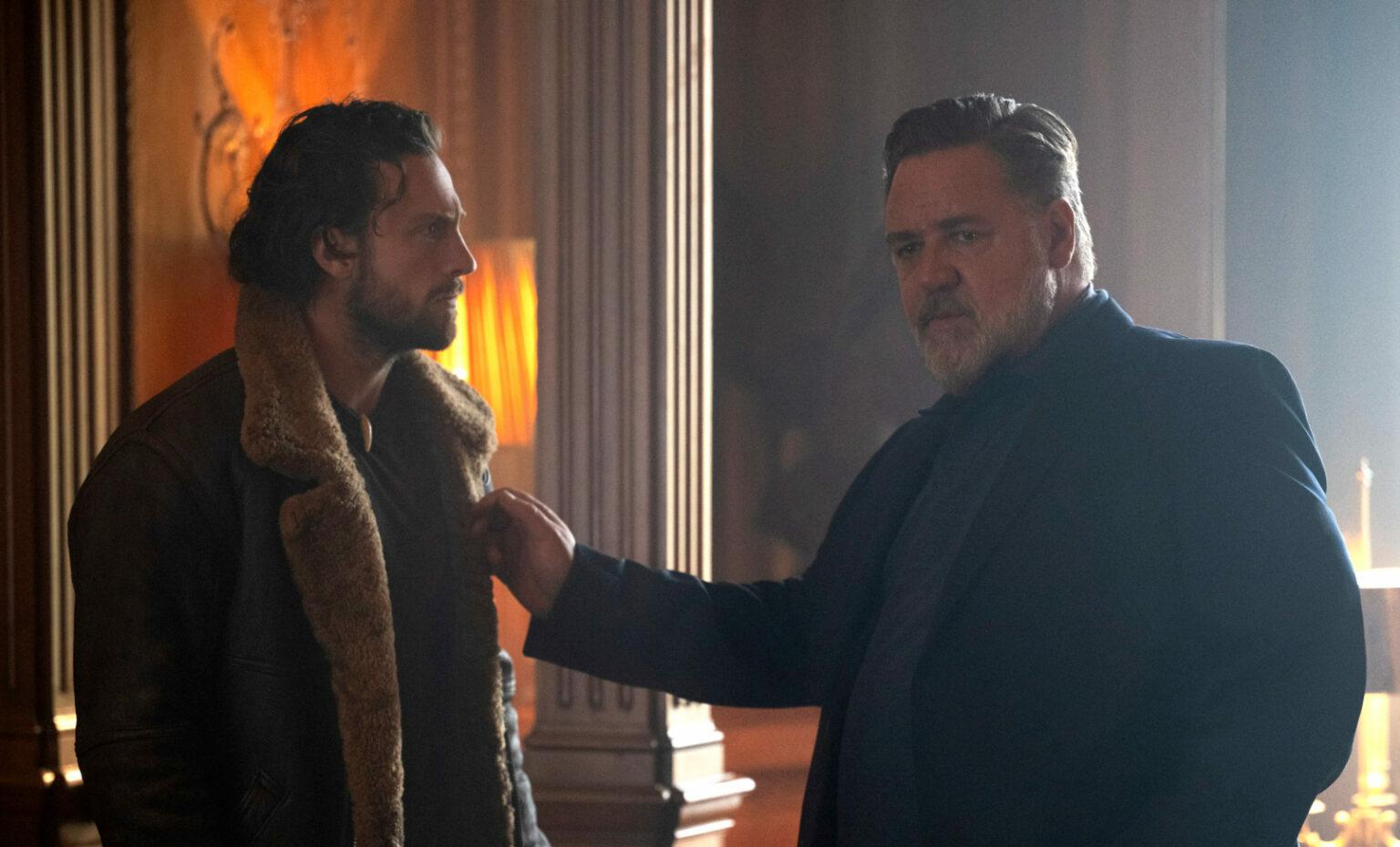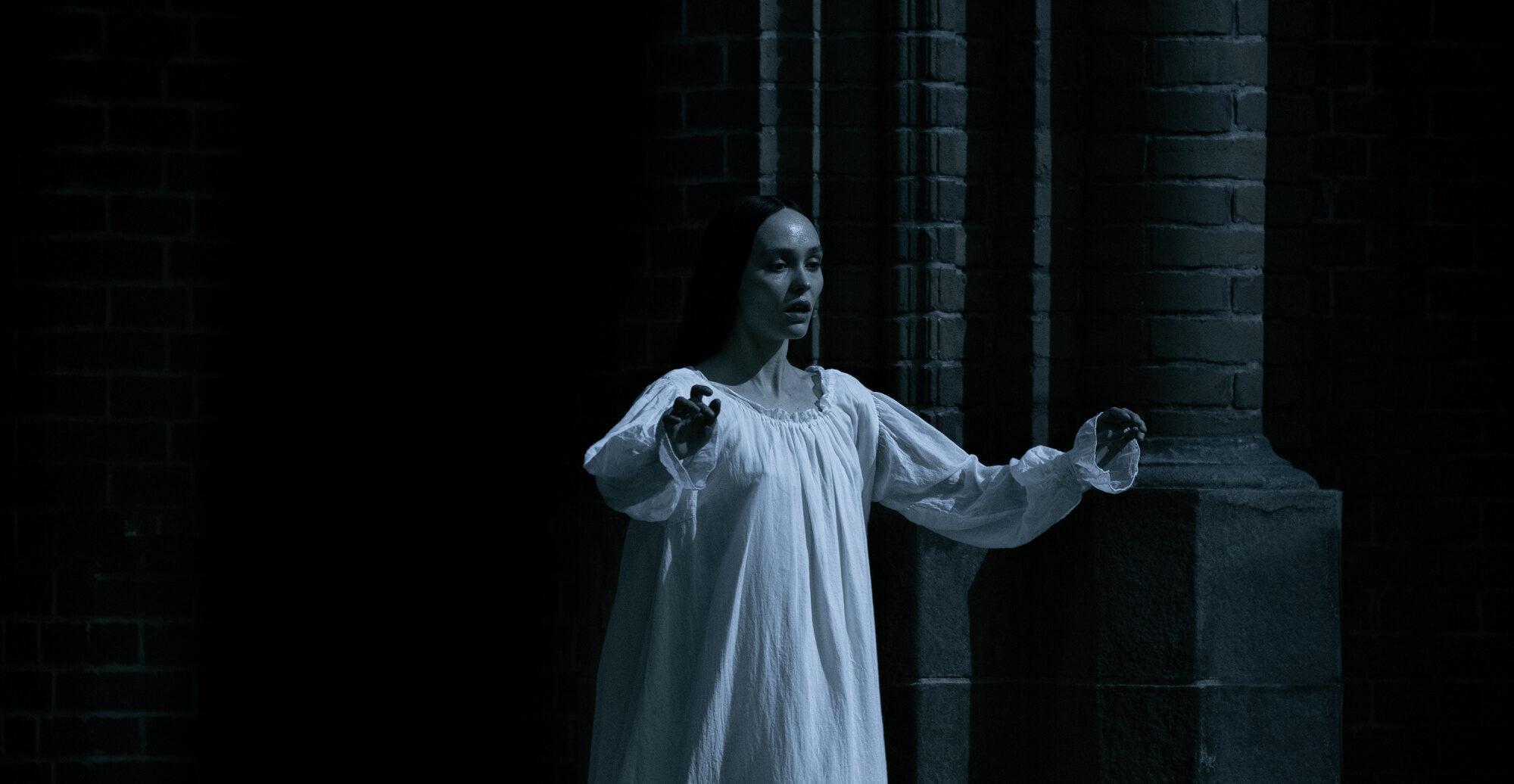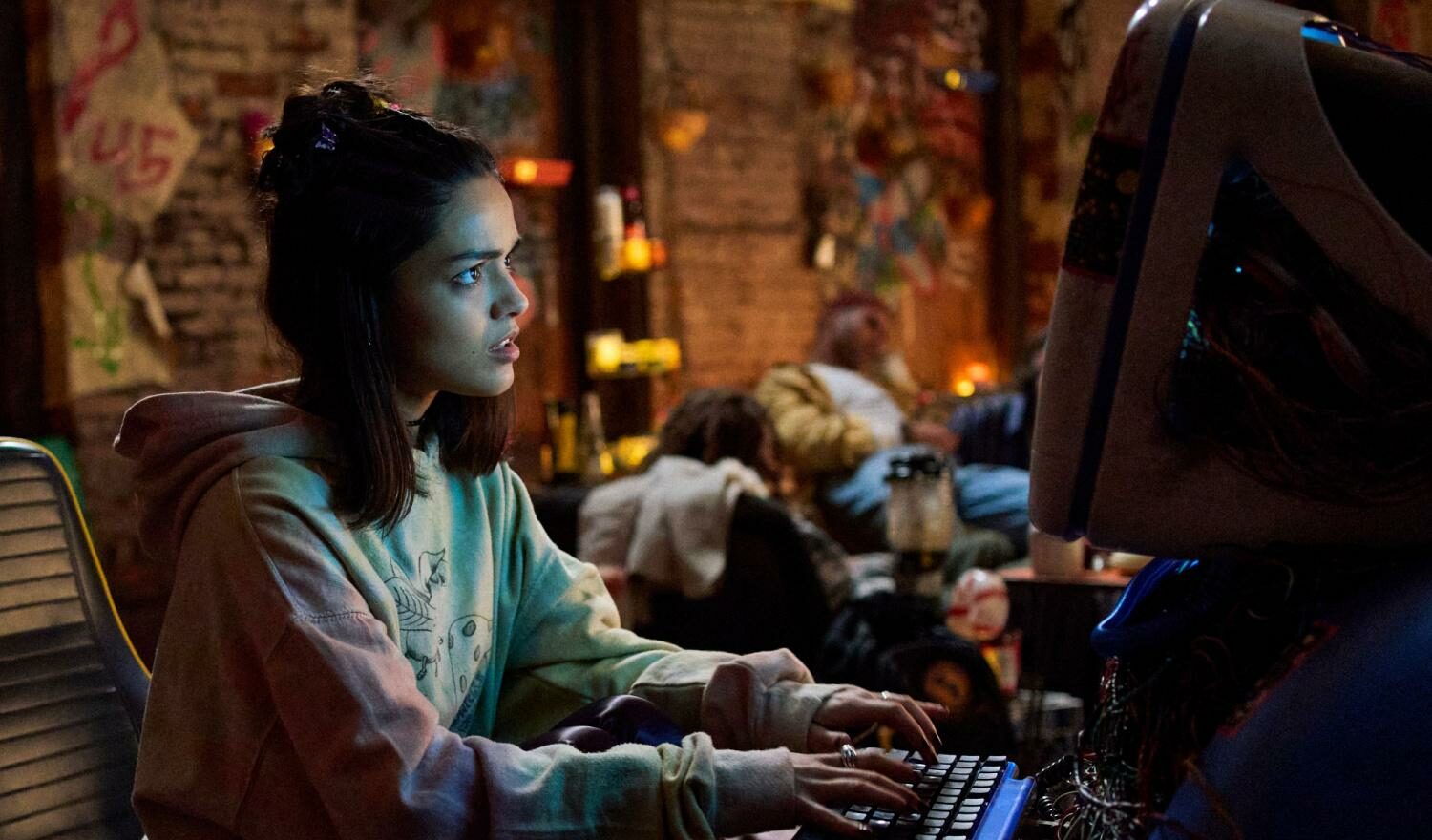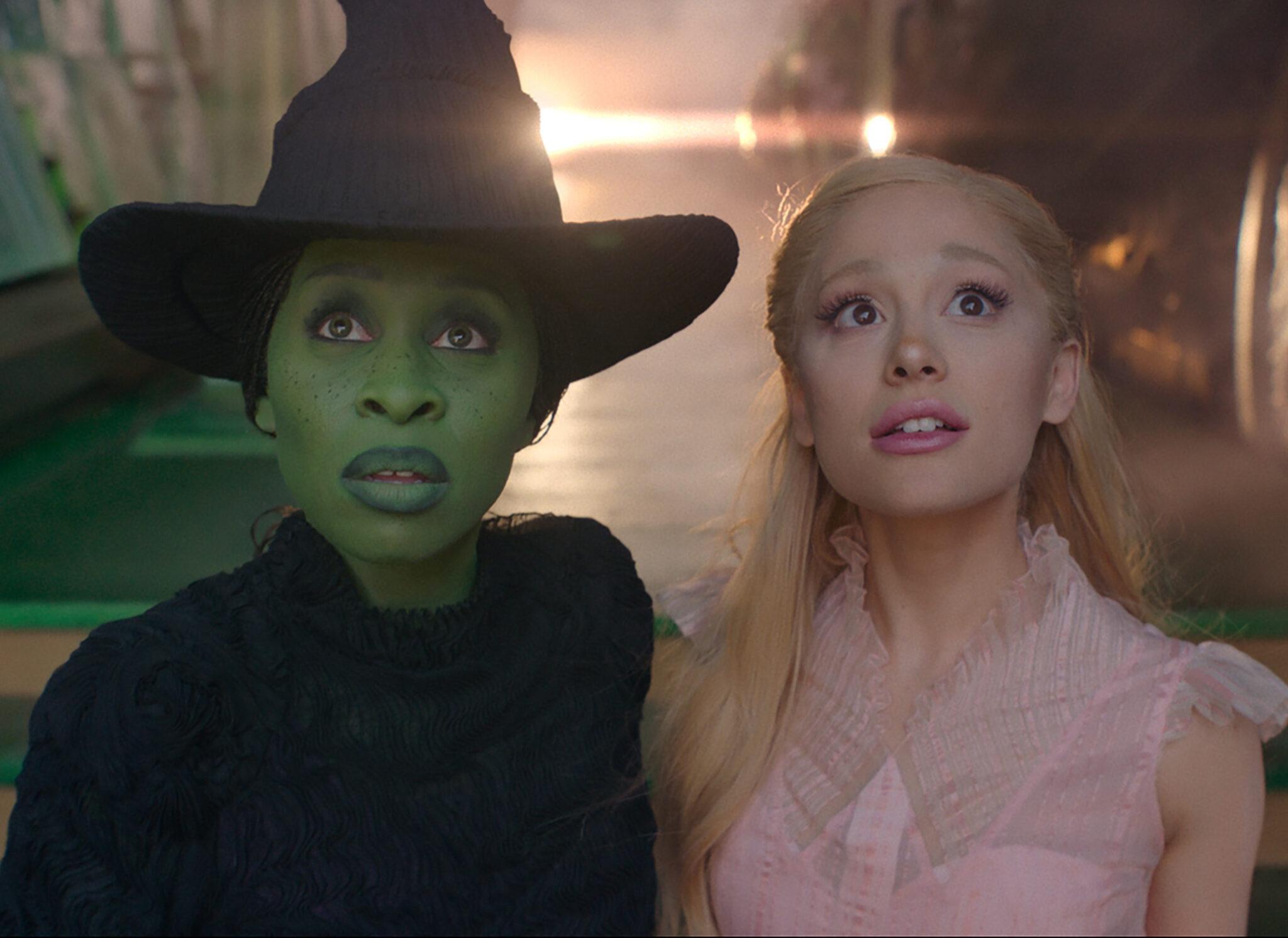VERDICT: The space race is back in the peppy, bouncy ‘Fly Me to the Moon’, but a sparky face-off between NASA launch director Channing Tatum and marketing wizard Scarlett Johansson can’t disguise an outdated feeling.
By Kristen Lopez
On July 20, 2024 it will have been 55 years since America put the first man on the moon. Or, for some subsection of Americans, it was the first great lie our country was ever told. And considering it’s been just as long since anyone revisited the moon and the concept of space exploration is now all but privatized it leaves the peppy, bouncy, rah-rah sentimentality of Fly Me to the Moon feeling like it missed its landing for the audience’s attention 30 years ago.
All the pieces are in place for a crowd-pleaser – from its personable, A-list stars to its epic production design and several interesting plot threads – and yet the entire affair comes off as slow, confused, and utterly lifeless.
With America hellbent on winning the space race against the Soviets, NASA launch director Cole Davis (Channing Tatum) is committed to landing a man successfully, and safely, on the lunar surface.
To sell the concept of American superiority, and garner more funding for the program, marketing whiz Kelly Jones (Scarlett Johansson) is recruited to sell Cole and his crew. Sparks start to fly between the pair but things take a turn when Kelly is tasked with conjuring up an alternative moon landing in case Cole doesn’t pull the launch off.
Rose Gilroy’s screenwriting debut has two incredibly good ideas at its center, one being America being so hellbent on being first to the moon they’d be willing to fake the entire landing to prove a point. As Woody Harrelson’s mysterious G-man Moe Berkus lays out, it’s less about going to the moon and more about whose ideology will win the world’s hearts and minds.
“The world doesn’t have to sleep under a Communist flag,” he says, and thus America has to beat Russia. The problem is how outdated and quaint this is all presented considering our current political times.
The NASA of the mid-1960s is just as underfunded and understaffed as it is today, but hearing characters joke about how horrible Nixon is just makes everything feel dated, and there are a lot of jokes meant to remind the audience how, presumably, better off we are. But none of these moments of levity land with any real humor.
Everything is played so safe and polished that the movie never really has a point of view on America’s mad desire to win space or its ability to manipulate the public for its global war games. Director Greg Berlanti loves Old Hollywood and, in the end, he crafts a squeaky clean narrative that leaves the audience thinking “Two people stopped America from faking the moon landing….how cute.”
Scarlett Johansson holds all the cards and her Kelly Jones is an enigma of contradictions. We’re introduced to her rocking a fake baby bump (and one of several unfortunate wigs) while trying to coerce a bunch of auto industry execs, all men, to take her on as a marketing consultant. The movie doesn’t make many pointed criticisms about gender in the 1960s but when it does, like this moment, Johansson thrives.
She’s able to mock the men for their sad family cars, close the deal, and do it all with a smile on her face. Once she’s brought into the world of NASA Johansson can take that determination and utilize it to make what should be a bizarre story of crafting spon-con for space into something interesting to watch.
The problem is how much downtime the movie has in forcing Kelly and Cole into a romance. The movie grinds to a halt with numerous scenes of Johansson and Tatum looking into the middle distance or looking at each other. They have little chemistry and it’s hard not to wonder how Chris Evans, who was initially part of this project, might have fared in the role.
That being said, Tatum does well, just not when he’s trying to sell a love story with Johansson. Cole initially wanted to be an astronaut but was grounded due to a heart condition. Throughout the movie, he spends time gardening at a tribute for the fallen astronauts killed on his watch during the testing phase for the Apollo I in 1967.
Separately this is a story that deserves to be told and Tatum can showcase the guilt and grief Cole feels, particularly in a TV interview when he’s questioned about the safety violations that resulted in the deaths of the astronauts. It’s only a shame this isn’t the central plotline and it’s left to Kelly to give Cole a lesson on media training.
It’s what the movie feels more focused on: the concept of advertising to audiences a movie about advertising. Facts about the characters are dropped seemingly at random, such as Kelly disclosing a dark secret about her past to Cole with about 20 minutes of the movie to spare.
It’s hard not to see the fingerprints of a studio exec saying there needed to be more story to explain the complexities of space and character to the audience. The movie even starts with Cole having to explain to a group of scientists why hydrogen leaking into a room is bad…. yet this is a movie presumably meant to illustrate why scientists should be the ones in charge.
There are pleasant points found in Fly Me to the Moon, like Jim Rash’s temperamental director and Mary Zophres’ fantastic period-specific costumes. But everything else about the movie is just unmemorable. Case in point, the audience at Friday’s special sneak preview were asked if they wanted to do a survey and many didn’t know what the title of the movie they’d just seen was.
Fly Me to the Moon looks fantastic and its actors try their hardest. But it’s difficult to muster up any additional enthusiasm, whether that’s for space or anything else.


